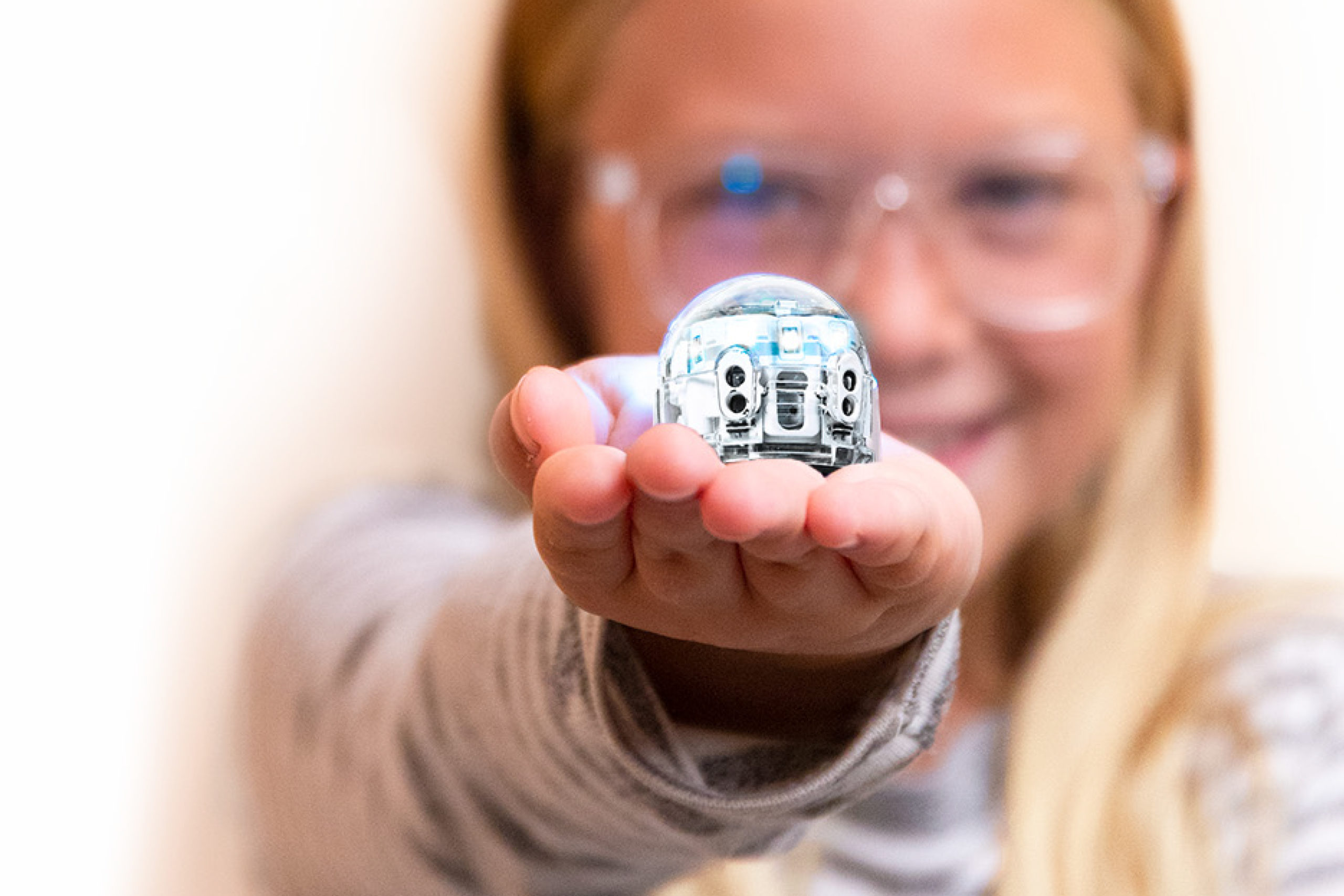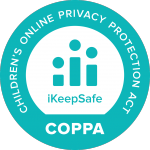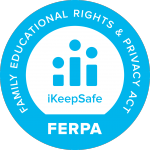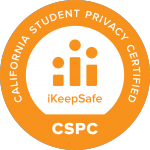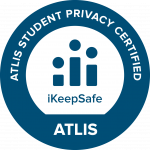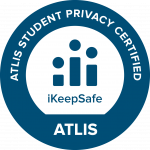In celebrating of International Day of Women and Girls in Science, we’re featuring an oustanding Ozobot Certified Educator, Sarah Phelps, who serves as Program Manager for Computer Science and STEM at an Illinois service agency supporting public K-12 districts. In this post, we learn about the path that led her to STEM education, the current landscape of girls in STEM in her state and how we can continue to support girls pursuing STEM through elementary and high school education.
What inspired you to pursue a career in STEM education, and what do you enjoy most about being a K-12 CS & STEM Program Manager?
I did not start out as a STEM focused educator. I was a 4th grade teacher the first eight years of my career. Honestly, science was not my favorite subject growing up. While I was really good at doing work in textbooks, when it came to hands-on or applied learning, I was completely intimidated. I think that came from a place of inexperience- I didn’t get to actually explore concepts in the real world until middle school and high school where they were now more advanced. I am also a classic perfectionist, so digging in and experimenting was terrifying, because I could (and probably would) fail from time to time. When I first got into my own classroom, I attended training on hands-on and problem-based learning where I saw the real benefit in those experiential learning opportunities. I learned that I don’t have to be uncomfortable not knowing how to do it correctly the first time, and there’s not always a right answer. Those trainings ignited a passion to help empower my students and help them explore the world, not just memorize the facts and answer the multiple choice questions correctly. I saw increased engagement as well as increased confidence and joy in learning from all my students. Science became my students favorite part of the school day, because we asked big questions, and explored all the possible solutions. When the opportunity arose to take on a STEM education specialist position, I knew that was the right place for me, because I could ensure more students had the opportunity to grow their STEM knowledge through meaningful hands-on activities. Now as a state level program manager, I get to bring these opportunities to even more students and teachers!
How do you use Ozobot in the K-5 (younger students) and 6-12 (older students) classrooms, and what impact have you seen on student engagement—especially among young girls in STEM?
Ozobot was one of the first robots I had in my STEM classroom. For K-12 students it is such a low intimidation tool to introduce computational thinking and Computer Science. As young as pre-K we have talked about sensors and algorithms, and older students get to see their abstract code come to life as they program the robot to accomplish a task. Whether they are using lines, color codes, blocks, or Python, Ozobot allows students to embrace failure as part of their learning process and to learn through all elements of the experience. Girls, who are sometimes not as excited about robots, find Ozobot endearing because it can be so easily integrated into areas they are typically more excited about like ELA and the arts. And the reverse is true as well. Students who feel insecure with content areas are more likely to engage and succeed despite their lack of confidence when Ozobot comes in to facilitate the learning. Sometimes students forget how much joy there is in learning, and Ozobot reminds them all that learning is so much fun!
Why do you think it’s important to encourage more girls to explore STEM, and how can educators help break down barriers for them?
Girls begin to endorse stereotypes related to who belongs in CS and STEM and who enjoys CS and STEM activities as early as 1st grade! Earlier exposure as well as exposure that relates to interests will help more girls see themselves in STEM. STEM and CS are both embedded in every aspect of society at this point, and we need more female perspectives and participation in creating that technology.
What advice would you give to young girls interested in STEM, and what message do you have for fellow educators working to create inclusive STEM learning environments?
My advice is to ask students what they love- what do they care about? Ask them what big problems they see? And then ask them, how do YOU think we can solve those problems? Be intentional about selecting activities that are unique or different from other opportunities to show your students all the variety that exists in STEM and help them see how it connects to THEM.
Thank you to Sarah for sharing her work with Ozobot and inspiring girls to pursue STEM in their education journey!


